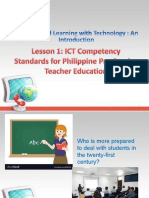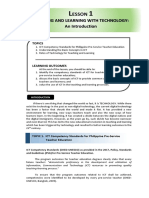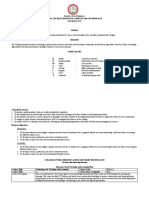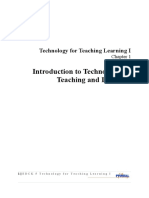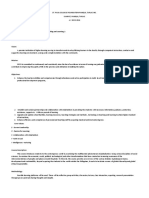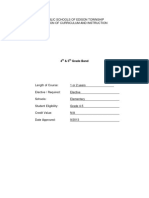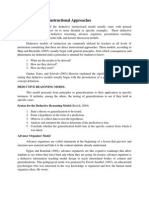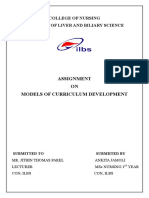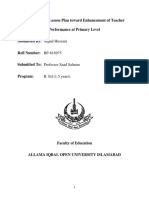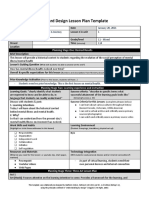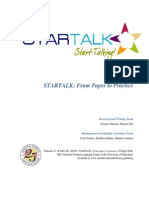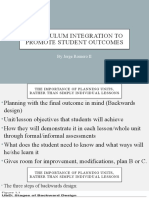0% found this document useful (0 votes)
42 views14 pagesSC TTL 311 Reviewer
The document discusses the integration of technology in higher education, highlighting its transformative impact on teaching and learning. It covers the advantages of educational technology, effective pedagogies, challenges in implementation, and future prospects, while also outlining ICT Competency Standards for Philippine Teacher Education. Additionally, it emphasizes the importance of 21st Century Learning Skills, such as critical thinking, creativity, and digital literacy, in preparing students for a technology-driven world.
Uploaded by
Belle AbrigoCopyright
© © All Rights Reserved
We take content rights seriously. If you suspect this is your content, claim it here.
Available Formats
Download as PDF, TXT or read online on Scribd
0% found this document useful (0 votes)
42 views14 pagesSC TTL 311 Reviewer
The document discusses the integration of technology in higher education, highlighting its transformative impact on teaching and learning. It covers the advantages of educational technology, effective pedagogies, challenges in implementation, and future prospects, while also outlining ICT Competency Standards for Philippine Teacher Education. Additionally, it emphasizes the importance of 21st Century Learning Skills, such as critical thinking, creativity, and digital literacy, in preparing students for a technology-driven world.
Uploaded by
Belle AbrigoCopyright
© © All Rights Reserved
We take content rights seriously. If you suspect this is your content, claim it here.
Available Formats
Download as PDF, TXT or read online on Scribd
/ 14





















